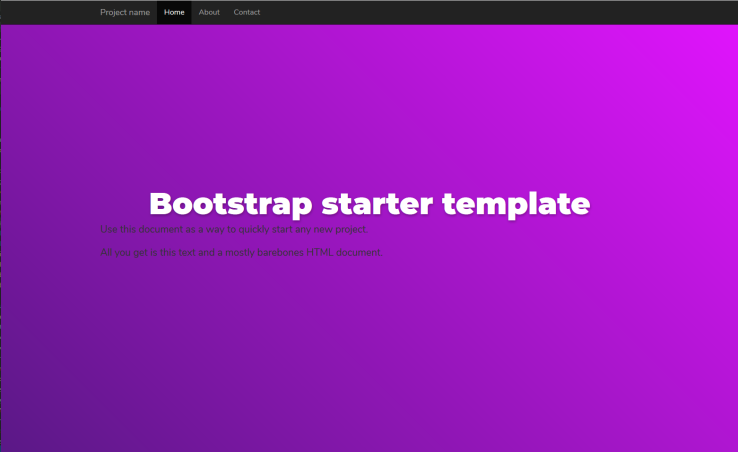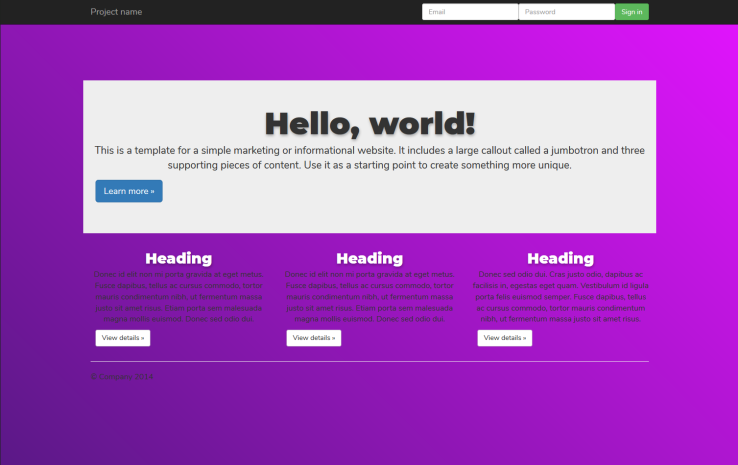
This is my second installment, of a 5 part series involving open source development. I suppose the title of the blog post that away tho.
Anyways, this week I ended up working on a project called cogear.JS Essentially, it is a platform which allows a user (perhaps not as technically inclined as the developers) to create static websites in minutes, with the option to deploy them if they have the available resources. Beyond this, it is also a great way for front-end developers to quickly deploy test runs of their websites before they deploy them.
Judging by the commits on it’s repo, this is a fairly new project — started back in August of this year. Currently, it is run by one man out of Saint-Petersburg, Russia. Which leads to me to my first oversight of the week: I need to start things way earlier, because communication with someone in a completely different time-zone takes days.
I started back on Wednesday, informing Dmitriy that I could help him set-up bootstrap 4 templates for his platform. It took 2 days for a response back that I could give it a go. No big deal, I could work on it between my weekend bar-tending shifts. It never occurred to me, however, that if I made a PR with my bootstrap themes, that they would conflict terribly with his repository. Nowhere on the main repository is there a place for theme. So, I’ve sent him a message about how he wants me to make a pull request. And for now, it’s a waiting game. (Well, I’ll go find another project to contribute to in the meantime).
My second learning curve of the week came from having to dive head first into technologies I don’t know too well. For one cogear itself has a multitude of commands to learn. Thank goodness there is an amazing amount of documentation as well as videos to learn how to use cogearJS. This is one of the main reasons why I chose to work on it. Cogear also uses a .pug format. This is a javascript API used to render javascript into HTML. This was a little wonky to me, and took a moment (a whole night) to wrap my head around. What I had to overcome then, was somehow writing bootstrap compents as javascript rather than HTML classes. With a little bit of luck I sort-of converted all the known bootstrap classes into pug mixins.With this out of the way, I was able to quickly render a few boilerplate pages for cogear.js:


Finally, the structure of contributing to cogear.js happens in two ways. The first, is uploading your work to git. That, I am still waiting to do, as I believe I’ll need a new repo (this is how Dmitry has setup his other cogear themes) to push to. Secondly, I need to also publish my code on NPM, as cogear allows users to grab themes on the fly using NPM commands. Again, I have no problem doing this, as I’ve created NPM packages before. However, for my own sake, I am holding off on this part until I can get what I want out of this week — which is my PR. Selfish? I suppose so. Either way, cogearJS is an open source framework, free for anyone to use, with a ton of practical use. I’d recommend it.
—————————————————————————————————————————
EDIT: The main developer got back to me quicker than previous times, and I was able to make a PR on another repository of his. How exciting. Now I can say I have worked with people from around the world!

[…] more learning went on this week, despite the great github outage of 2018. Whereas in part one and two, I was working on projects that I didn’t necessarily have an attachment to, the past […]
LikeLike